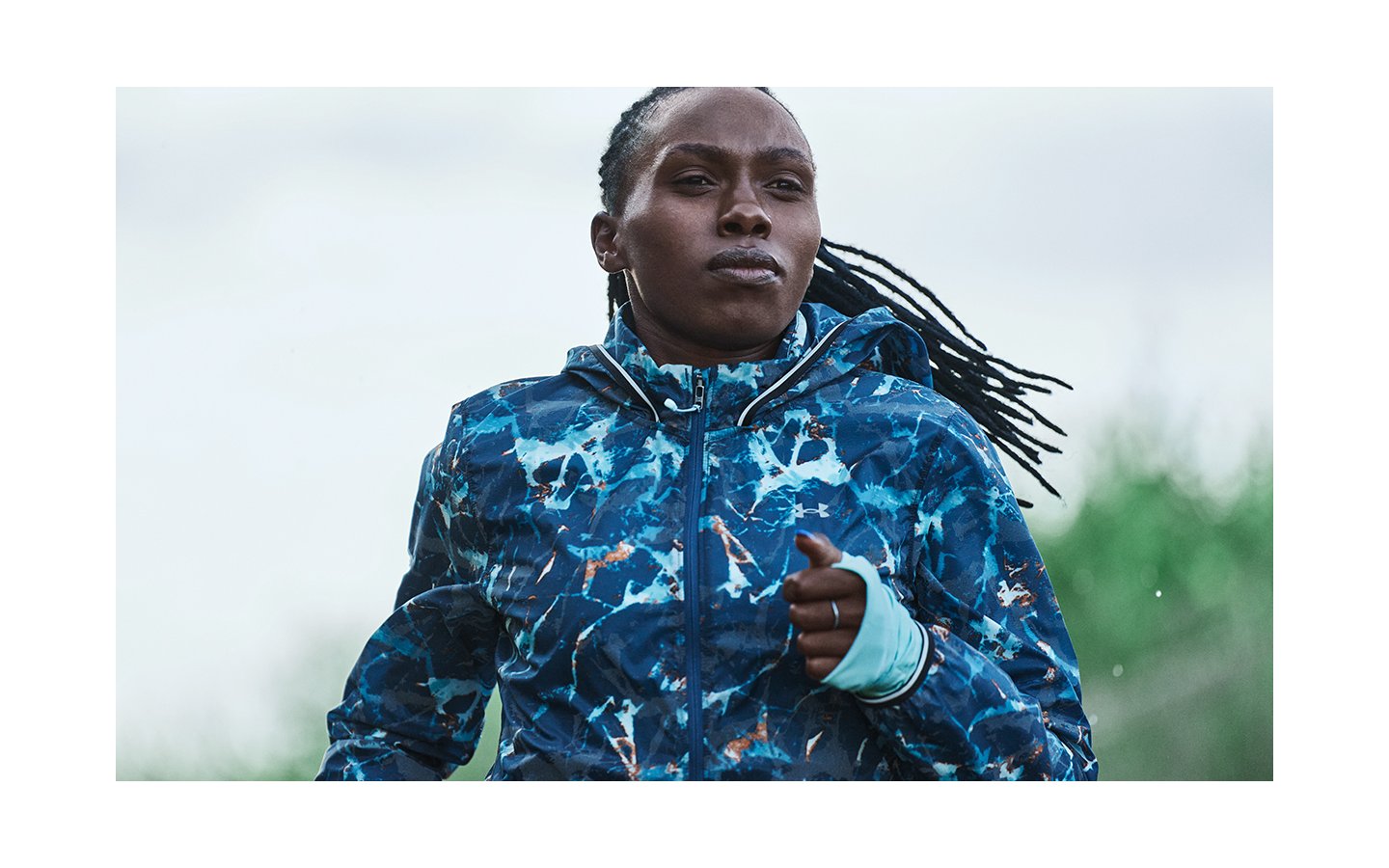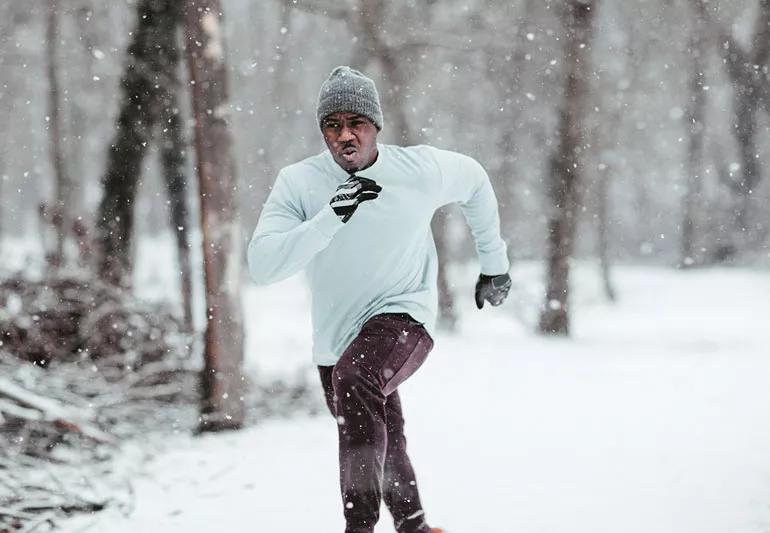As the temperatures drop in Kirkland and the days get shorter, many of us might be tempted to swap our running shoes for cozy slippers and our outdoor trails for indoor treadmills. But what if we told you that winter running can actually be a fantastic way to boost your fitness and maintain your routine? It’s true! Sticking with your running schedule through the colder months means you can avoid that frustrating post-holiday slump where you have to retrain your body from scratch. Plus, consistently pushing yourself in cooler conditions can significantly improve your endurance and stamina, making you a stronger runner when warmer weather returns. Of course, as with any new fitness endeavor, it’s always a smart move to chat with your doctor before diving in, ensuring you’re ready to embrace the winter chill safely.
Taking a break from running during the winter might seem like a good idea, but it can really set back all the progress you’ve worked so hard to achieve. By continuing to run, you’re not just maintaining your current fitness level; you’re actively building upon it. This consistency is key to developing greater endurance and stamina, which will pay dividends when spring rolls around. Think of it as a secret weapon for your fitness journey! Remember, it’s always wise to get your physician’s all-clear before starting any new exercise program, especially when adapting to different weather conditions.

- A runner embracing a crisp winter morning to maintain routine and build endurance. Source: underarmour.com
Tips for Cold Weather Running
Staying hydrated is just as crucial when it’s chilly outside as it is when it’s warm. You might not feel as thirsty in the cold, but your body still needs fluids to function optimally, especially during a run. Make it a habit to drink plenty of water before you head out and replenish afterward. This simple step can make a big difference in how you feel during and after your workout, helping to prevent fatigue and keep your body running smoothly. Don’t underestimate the power of consistent hydration, even when the weather is cool.
Before you even step out the door, take a moment to check the weather conditions. Knowing the actual temperature, the wind chill factor, and whether there’s any snow or ice on the ground can help you make informed decisions about your run. This information is vital for choosing the right gear and adjusting your pace. Being aware of the conditions allows you to prepare adequately, ensuring your run is not only safe but also enjoyable, no matter what the weather is doing outside. Safety and comfort are key to maintaining your routine.

- Cold weather can make joints stiffer and muscles tighter—start slow and warm up properly. Source: underarmour.com
Visibility can drop significantly during the winter months due to shorter daylight hours and potentially foggy or snowy conditions. To ensure drivers and other pedestrians see you, it’s important to incorporate reflective gear into your running attire. Think about reflective strips on your clothing, shoes, or even a small headlamp or flashlight. This simple precaution greatly enhances your safety, allowing you to focus on your run with confidence, knowing you’re more visible to others around you, especially during dawn or dusk.
When you’re running in colder temperatures, it’s essential to allow your body to adjust gradually. Start your run with a gentle warm-up, perhaps a brisk walk that slowly transitions into a jog. This helps your muscles and joints loosen up and acclimate to the cold, reducing the risk of strain or injury. Cold air can make your muscles feel stiffer and your joints a bit tighter, so giving yourself this preparation time is key to a comfortable and effective run. Listen to your body and ease into it.
When selecting your running apparel, the materials you choose can make a world of difference in your comfort and performance. Avoid 100% cotton, as it absorbs moisture and stays wet, leaving you feeling cold and potentially leading to chafing. Similarly, down, while warm, loses its insulating properties when damp and can be quite bulky for running. Instead, opt for synthetic materials like elastane, nylon, and polyester, or natural fibers like merino wool. These fabrics are excellent at wicking away moisture and retaining warmth, even if they get a little damp, ensuring you stay drier and more comfortable on your runs.
Gear Guide for Winter Running
Layering is the primary rule for winter running, and it’s all about creating a system that keeps you warm without overheating. The idea is to trap warm air close to your body while allowing moisture to escape. You’ll typically want three layers: a base layer to wick sweat, a mid-layer for insulation, and an outer layer to protect you from the elements. The specific thickness and number of layers will depend on the temperature and your personal comfort level, so don’t be afraid to experiment to find what works best for you.
Your base layer is the foundation of your winter running wardrobe, and its primary job is to manage moisture. You want something that sits close to your skin and actively pulls sweat away from your body, keeping you dry. Look for moisture-wicking fabrics like polyester, nylon, or merino wool. These materials are designed to breathe well and prevent that clammy feeling, which is essential for staying comfortable when the temperature drops. A good base layer is the first step to keeping your body temperature regulated throughout your run.
The mid-layer is all about adding that extra bit of warmth and insulation. This is where you can customize your comfort level based on the day’s conditions. Options like fleece jackets, thermal long-sleeve shirts, hoodies, or lightweight vests are perfect for this role. Many runners find vests particularly useful because they provide core warmth without restricting arm movement, which is crucial for maintaining a good running stride. This layer acts as a cozy barrier against the chill, keeping your body heat close.
Your outer layer is your shield against wind and precipitation, and it needs to be both breathable and protective. A good running jacket for colder weather should be wind-resistant to block out those biting gusts and ideally water-repellent to handle light rain or snow. Crucially, it should also be breathable, allowing any moisture generated by your body to escape, preventing you from getting damp from the inside out. If you’re running in low-light conditions, make sure your outer layer includes reflective elements for maximum visibility and safety.
When it comes to your legs, winter running tights or pants offer a blend of warmth and breathability to keep you moving comfortably. Look for options that provide insulation without being overly bulky, ensuring they don’t restrict your stride. For really cold days, consider layering: a pair of athletic leggings or tights can easily fit underneath looser pants for added warmth. Just be mindful not to overdo it, as too many layers on your legs can impede movement and make your run feel more challenging. The goal is warmth without restriction.
Don’t forget the smaller accessories that can make a big difference in your winter running comfort! Sunglasses can shield your eyes from bright sun reflecting off snow and ice, preventing glare. A breathable headband or beanie is essential for keeping your ears and head warm, while a neck gaiter provides crucial protection against wind chill. Insulating gloves or mittens are a must to keep your hands from getting numb, and moisture-wicking socks, preferably merino wool, will keep your feet dry and warm. Consider bringing a water bottle on longer runs, even if you don’t feel thirsty.
Choosing the right footwear is paramount for safe, comfortable winter running. Look for shoes that offer excellent traction to help you maintain stability on slippery surfaces, such as ice or packed snow. Many winter running shoes also feature water-resistant uppers to keep your feet dry from slush and moisture, and some may even have added insulation for extra warmth. Prioritizing support, stability, and grip will not only enhance your performance but also significantly reduce the risk of slips and falls during your cold-weather adventures.
Ultimately, the right gear is your best ally for conquering cold-weather runs. By focusing on staying warm, dry, and comfortable with moisture-wicking fabrics and a smart layering strategy, you can continue to enjoy your running routine all season long. Remember to avoid materials like cotton that trap moisture, and don’t over-layer to the point where you restrict movement. With the proper preparation and gear, you can embrace the invigorating feeling of running in the cool winter air and keep your fitness goals on track, making every run a success.
Header Image Source: Greg Rosenke on Unsplash
